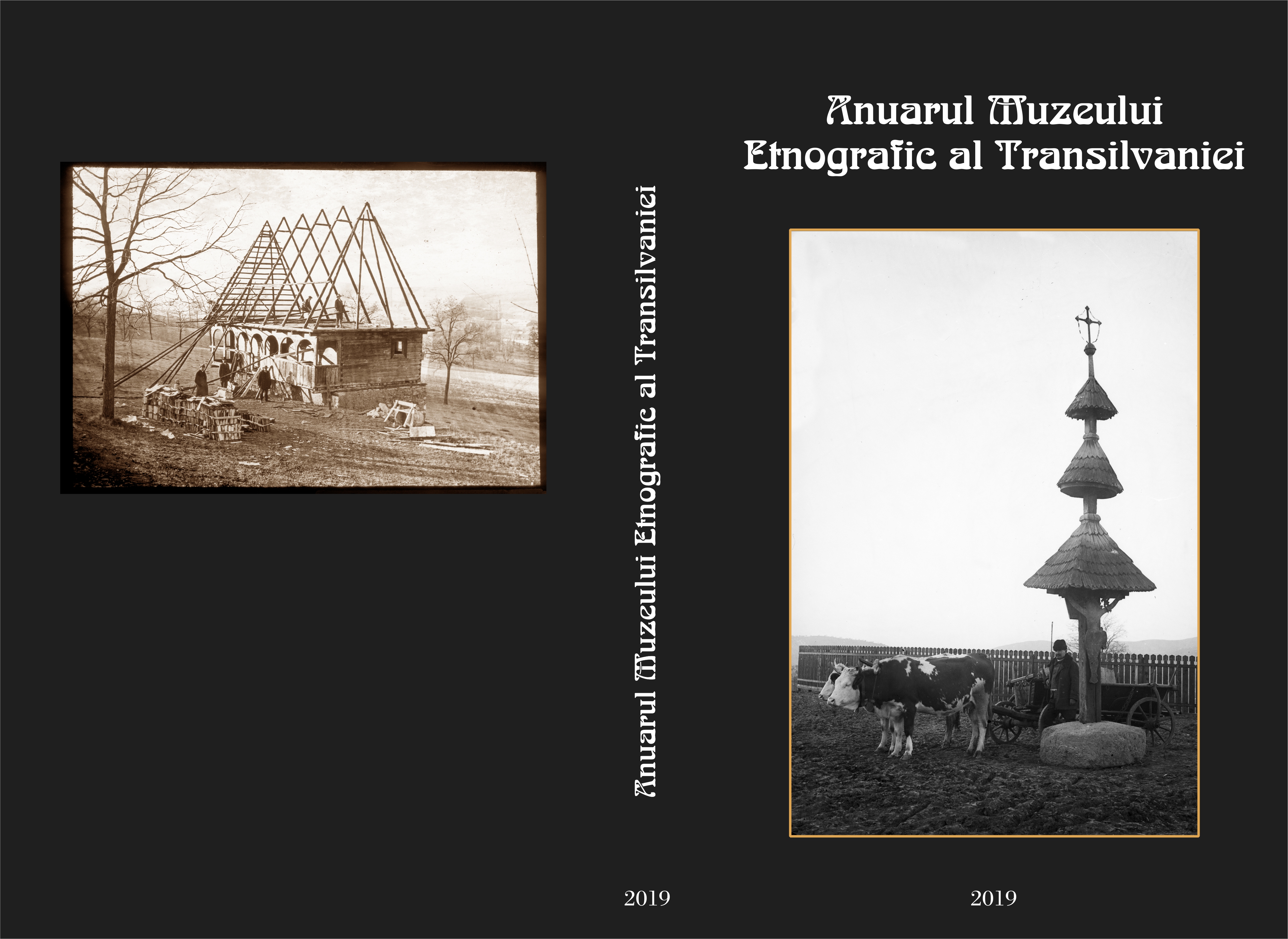PENTRU O ISTORIE SOCIALĂ A BASMULUI FANTASTIC ROMÂNESC: MARGINALI, MINORITARI, EXCLUŞI
For a Social History of Romanian fantastic fairy tale: marginals, minority, excluded
Author(s): Costel CIOANCĂSubject(s): Anthropology, Social Sciences, Communication studies
Published by: MUZEUL ETNOGRAFIC AL TRANSILVANIEI
Keywords: imaginary; phenomenology; hermeneutics; Romanian fairytale; marginals; minority; excluded;
Summary/Abstract: It is known that, over time and for various reasons, part of a community chooses, expresses or accentuates a certain status (political, economic, religious, sexual etc.), gradually losing its general-community identity and individualizing one's own. Viewed and perceived as new socio-cultural constructions within the basic structure (community matrix), both inter-dependently and dependent on the majority, this minority acquires (or will be assigned!) new directions of evolution/involution, far away from the general pattern, in time stalking or even posturing a new identity and consciousness. Charged or fined by the majority community, sometimes tolerated, sometimes categorically rejected.There are many cases, both old and new, of such segmentations, enclavings or exclusions with an economic, cultural or racial nature, generated by the imagination and/or authoritarianism of the majority: homo sapiens will use slowly but surely and irreversibly the tyranny of the majority and progress on less advanced technological-cognitive relatives, Neanderthals and Denisovans (plus several other subspecies of hominids, contemporary with homo sapiens); over the time, Christians will anathematize, enclave and/or kill the Jews for improbable deeds or on the basis of arrogant ethical/moral superiorities; the ancient or feudal masters disposed of the lives and possessions of the slaves they had, as they pleased; those who did not conform to official dogmas became instantly heretics and liable to all sorts of punishments (see the actions and justifications of the Inquisition); the prejudices regarding skin color, sexual orientation, ethnic or political affiliation, sometimes aggressively (apartheid in South Africa or racial segregation in the US) have determined certain defensive behaviors of these minorities, marginalized or excluded.Examples can easily be multiplied (talking about minors, the marginalized or excluded ones culturally, economically, racially, medically etc. for almost every country), but this is not the desideratum of the present study. Functionally and adaptively, the norms of a traditional community such as the Romanian one, repeatedly violated and corroborated with the refusal of alterity, led to a cultural-negative perception and to the location outside of the limits set by the community of such socio-cultural categories. Such marginals (called gueux in France, rogue in England, abenteurer in Germany, or picaras in Spain) are often mentioned at the level of fantastic Romanian fairy tale even if the details are meteoric or extremely lapidary.Pentru o istorie socială a basmului fantastic românesc 69As the fantastic Romanian fairy tale illustrates, it is established and legitimated first of all the ideal of purity, beauty and superiority (social, economic, moral); still there are mentions of the problematical interethnic relations, cultural conflicts, failures of social adaptation to the generally accepted system; finally, as we do not have such a study about these social categories, I find it appropriate to approach this topic.My approach will be a structural-functional one, dialectically speaking, most of the mentions about these social categories being found in the anthologies of fairy tales, juxtaposing, overlapping or complementing the three categories (marginal, minority, excluded) conceptually.
Journal: Anuarul Muzeului Etnografic al Transilvaniei
- Issue Year: 2019
- Issue No: 9
- Page Range: 68-97
- Page Count: 30
- Language: Romanian
- Content File-PDF

